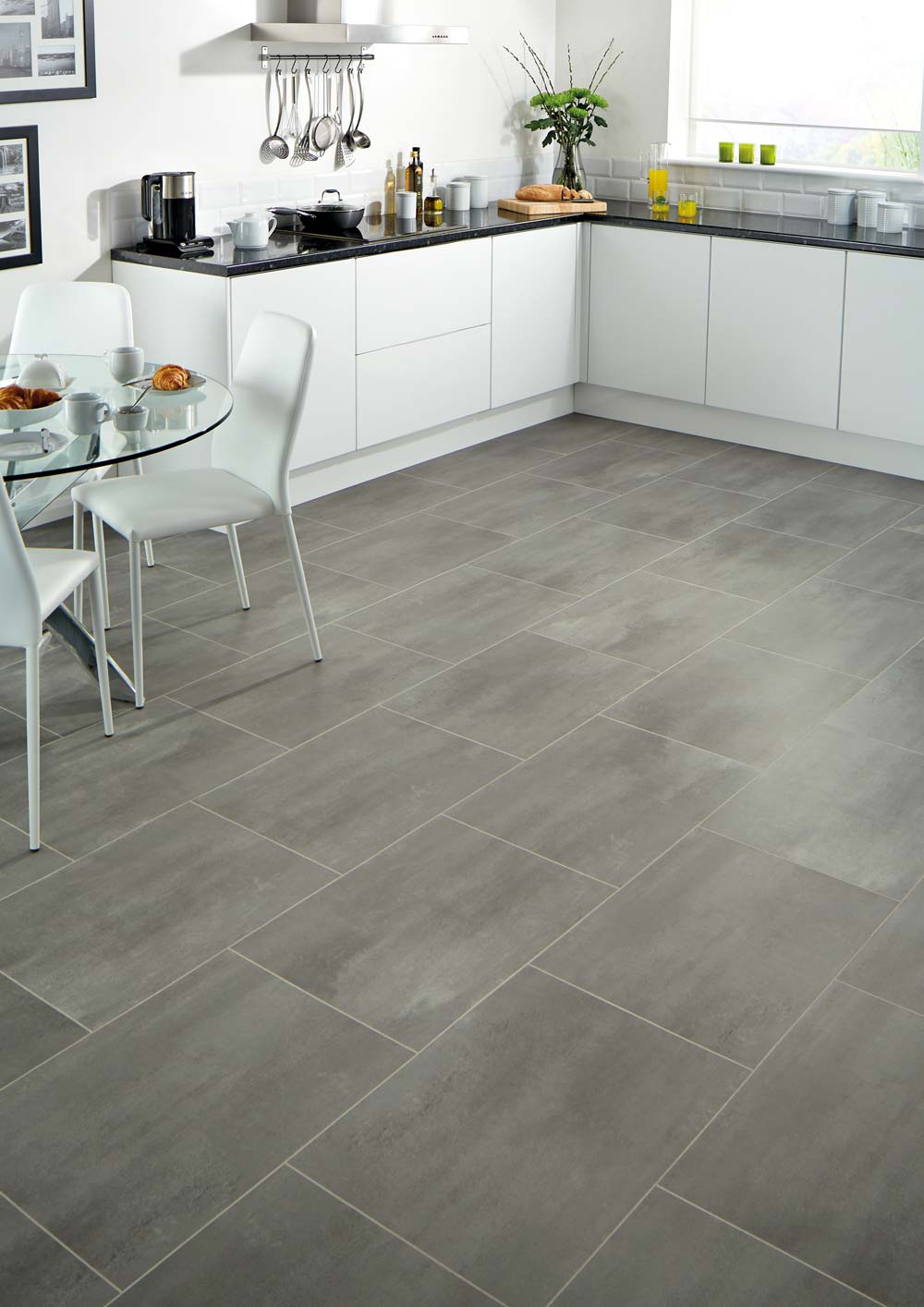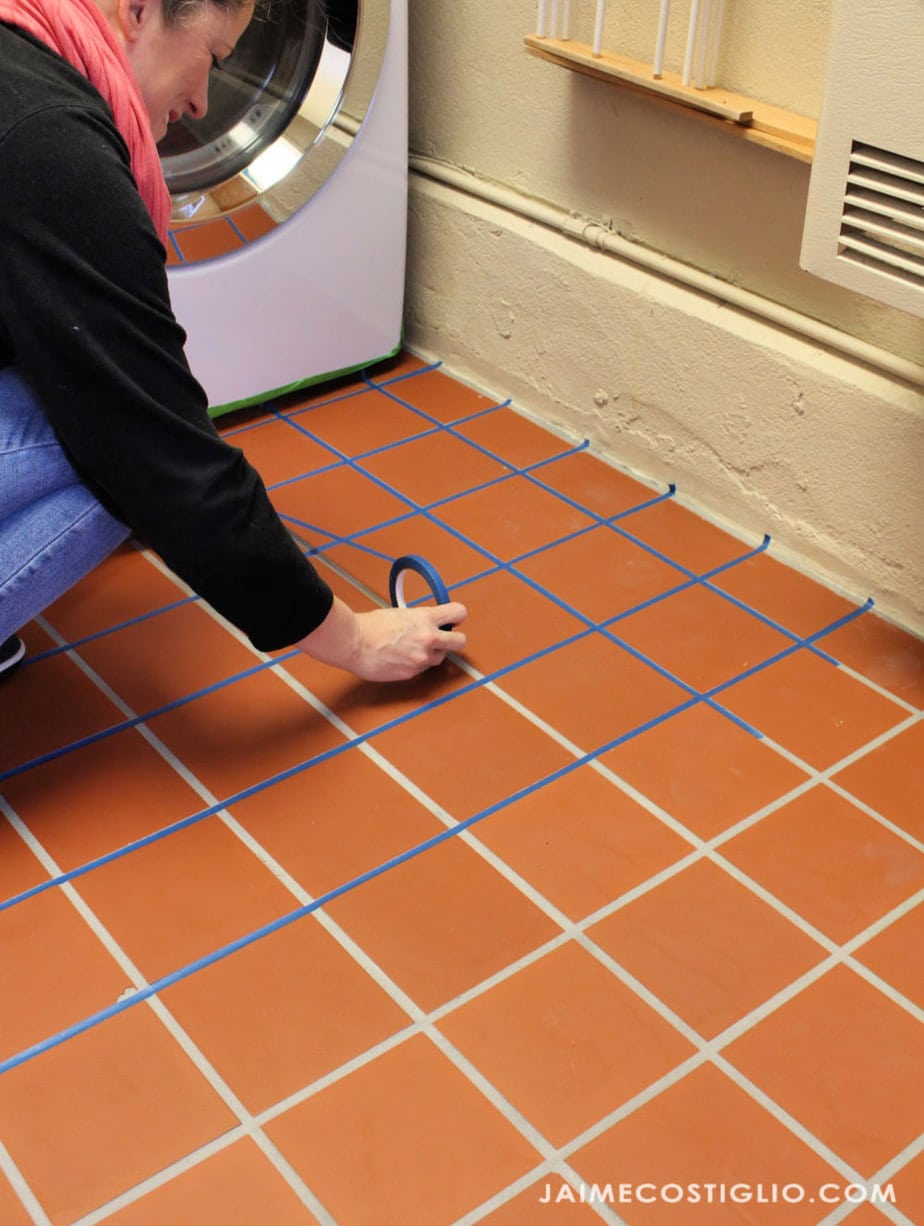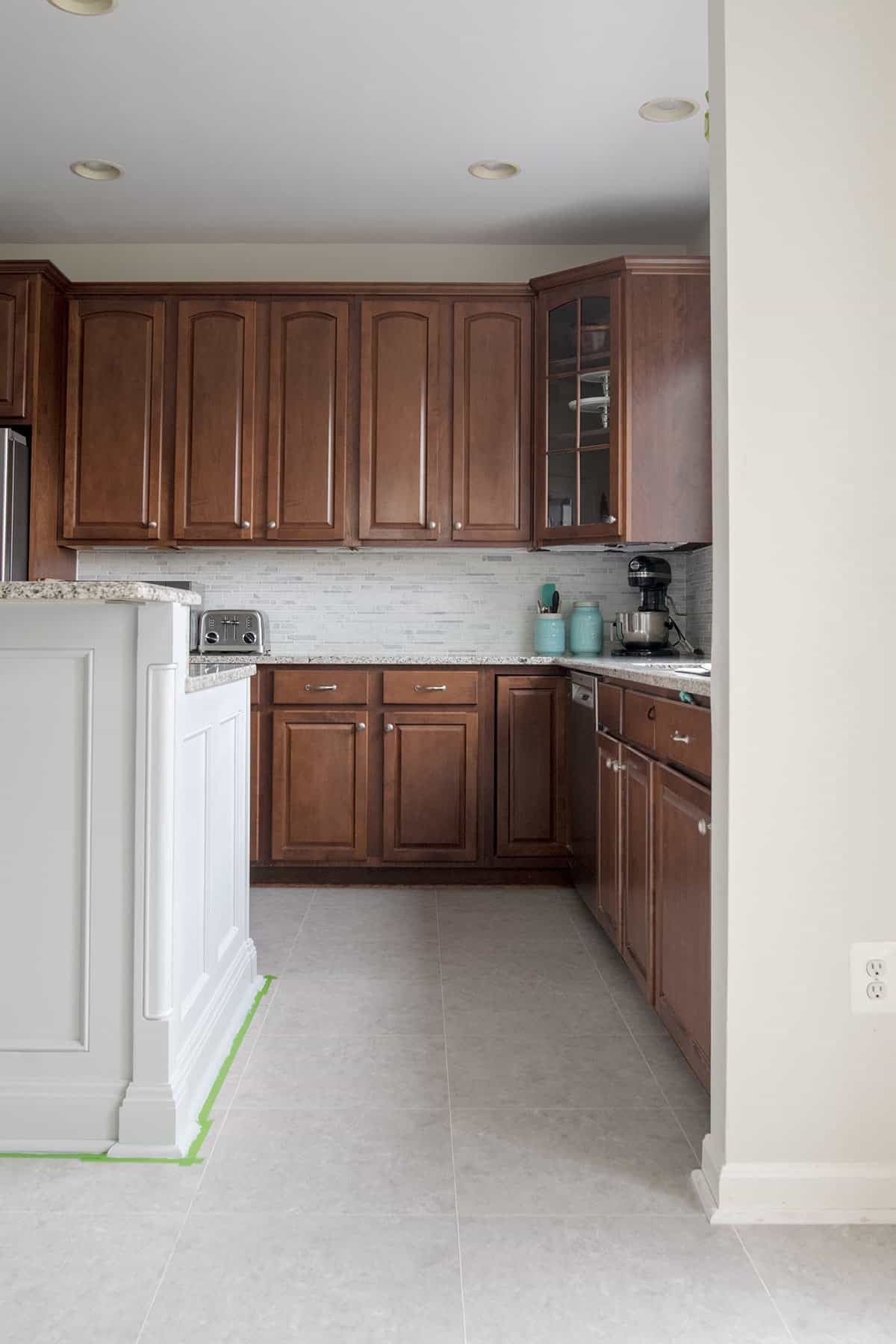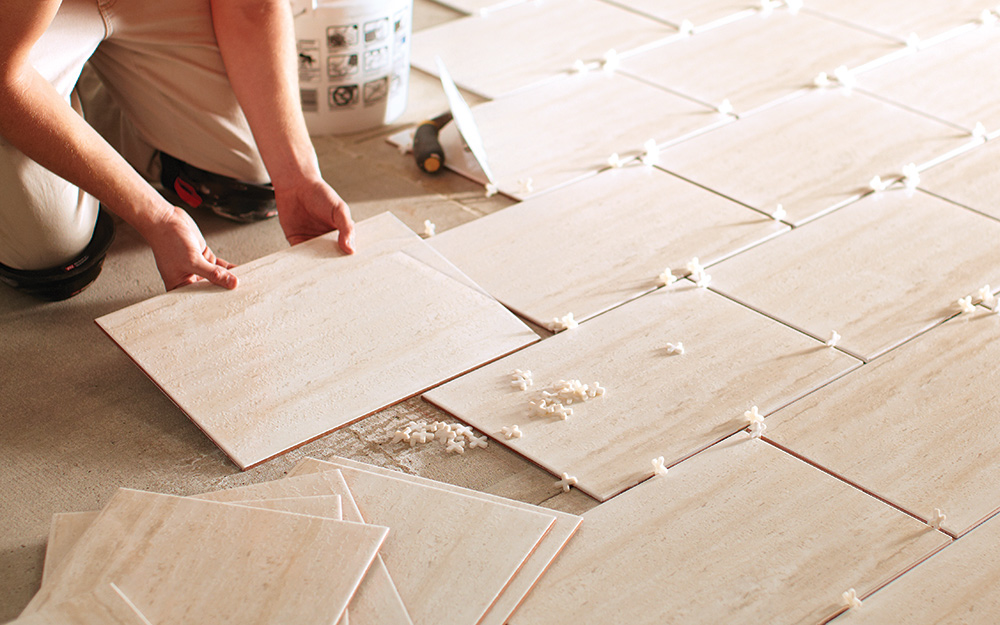Tile flooring is a popular choice for its durability, versatility, and wide range of styles. Ceramic tiles are affordable, easy to maintain, and come in countless colors and patterns, making them ideal for kitchens and bathrooms. However, they can be prone to cracking under heavy impact. Porcelain tiles, a denser type of ceramic, are more durable and water-resistant, suitable for both indoor and outdoor use. Their higher cost and harder installation process are notable drawbacks. Natural stone tiles, like marble or slate, offer unmatched beauty but require regular sealing and can be expensive.

Vinyl tile flooring is another option, known for its affordability, comfort, and water resistance. It’s easy to install and maintain, making it a favorite for high-moisture areas. However, it can be less durable than other types and may fade over time. Glass tiles add a unique, modern touch and reflect light beautifully, but they are prone to scratches and can be slippery. Cork tiles provide a soft, eco-friendly surface with natural insulation properties, though they are susceptible to moisture damage and require frequent sealing.
Concrete tiles are gaining popularity for their industrial look and durability. They are highly customizable and can mimic other materials like wood or stone. However, they can feel cold underfoot and may develop cracks over time. Wood-look tiles combine the aesthetic appeal of hardwood with the durability of tile, making them a practical choice for busy households. Their installation can be complex, and they may lack the warmth of real wood. Each type of tile flooring has unique benefits and challenges, catering to different needs and preferences.
When choosing tile flooring, consider factors like durability, maintenance, and cost. Ceramic and porcelain tiles are excellent for high-traffic areas, while vinyl and cork offer comfort and ease of installation. Natural stone and glass tiles provide luxurious aesthetics but require more care. Concrete and wood-look tiles balance style and functionality, though they may have specific limitations. Understanding the pros and cons of each type helps homeowners make informed decisions that suit their lifestyle and design goals.
Tile flooring offers a versatile and durable solution for various spaces, from kitchens to outdoor patios. Each type has its strengths, whether it’s the affordability of ceramic, the elegance of natural stone, or the comfort of vinyl. By weighing the pros and cons, homeowners can select the best option for their needs. Proper installation and maintenance ensure the flooring remains functional and attractive for years. Tile flooring’s ability to combine practicality with aesthetic appeal makes it a timeless choice for any home.
Basic Types of Tile Materials
An Overview of Brick Flooring
Flooring Materials
The Pros, Cons, and Types of Vinyl Flooring You Should Know
What to Expect During Your Tile Flooring Installation – The Home Depot
Vinyl Flooring: Pros, Cons and 6 Alternatives
How to prepare for Tile flooring installation
Related Posts:


:max_bytes(150000):strip_icc()/colored-glass-small-tiles--mosaics--for-walls-1187593397-0e5f0246f040410d9cf07610c60f4eec.jpg)
:max_bytes(150000):strip_icc()/brick-bigstock-6-56a2fc283df78cf7727b681f.jpg)




